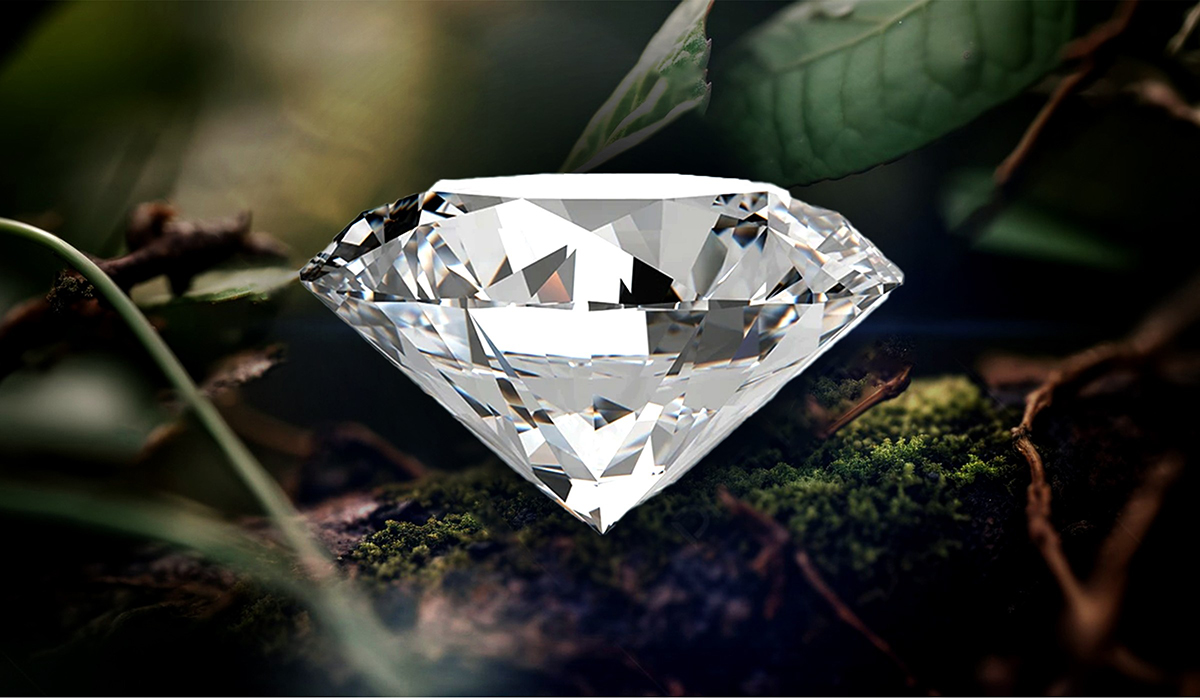In recent years, ethical considerations have become increasingly important in various industries, including the world of jewelry. One shining example of ethical innovation is the rise of lab-grown diamonds. In this article, we’ll explore the fascinating world of ethical lab-grown diamonds, from their scientific creation to their social and environmental impact, debunking myths along the way.
Table of Contents
The Science Behind Lab-Grown Diamonds
How are lab-grown diamonds created?
Lab-grown diamonds are cultivated using advanced technology that mimics the natural diamond formation process. Instead of taking millions of years underground, these diamonds are created in controlled laboratory settings in a matter of weeks or months.
Diamond seed selection
The process begins with the selection of a tiny diamond seed, which serves as the foundation for the growth of the new diamond. These seeds are typically sourced from reputable suppliers and undergo rigorous quality checks to ensure purity.
Growth process
Once the seed is chosen, it is placed in a chamber where carbon atoms are deposited onto its surface layer by layer. Over time, these atoms crystallize, gradually forming a complete diamond structure. The result is a diamond that is chemically and visually identical to its natural counterpart.
Environmental Impact
Comparison with traditional diamond mining
One of the most significant advantages of lab-grown diamonds is their minimal environmental impact compared to traditional diamond mining. Traditional mining practices often lead to deforestation, soil erosion, and water pollution, while lab-grown diamonds require significantly fewer resources and produce less waste.
Reduction of carbon footprint
Additionally, lab-grown diamonds have a smaller carbon footprint since they don’t require extensive mining operations or transportation. By choosing lab-grown diamonds, consumers can reduce their environmental impact and contribute to a more sustainable future.
Social Responsibility
Fair labor practices
Ethical lab-grown diamonds are produced under fair labor practices, ethical lab grown diamonds, ensuring that workers are treated ethically and paid fairly for their labor. This stands in stark contrast to some traditional diamond mines where workers may face unsafe working conditions and inadequate wages.
Conflict-free sourcing
Another benefit of lab-grown diamonds is their conflict-free sourcing. Unlike natural diamonds, which may come from regions plagued by conflict and human rights abuses, lab-grown diamonds offer a transparent and ethical supply chain.
Quality and Purity
Clarity and color grading
Lab-grown diamonds undergo the same rigorous quality assessments as natural diamonds, including clarity and color grading. This ensures that consumers receive diamonds of the highest quality and purity, free from imperfections.
Certification standards
Many lab-grown diamonds are certified by reputable organizations, providing consumers with peace of mind regarding their authenticity and quality. These certifications adhere to strict industry standards and offer assurance that the diamonds are ethically sourced and responsibly produced.
Cost Comparison
Affordability of lab-grown diamonds
One of the most attractive features of lab-grown diamonds is their affordability compared to natural diamonds. Lab-grown diamonds typically cost significantly less than their mined counterparts, making them accessible to a wider range of consumers.
Factors affecting pricing
The price of lab-grown diamonds can vary depending on factors such as size, color, and clarity. However, even with these considerations, lab-grown diamonds remain a more cost-effective option for those seeking high-quality, ethically sourced jewelry.
Popularity and Market Trends
Growing consumer preference
In recent years, there has been a significant increase in consumer demand for ethical and sustainable products, including lab-grown diamonds. As awareness of the environmental and social impact of traditional diamond mining grows, more people are turning to man made diamonds as a responsible alternative.
Industry projections
Industry experts predict that the market for lab-grown diamonds will continue to expand in the coming years, driven by changing consumer preferences and advancements in technology. As more jewelers offer lab-grown options and consumers become increasingly informed, the popularity of these diamonds is expected to soar.
Debunking Common Myths
Misconceptions about lab-grown diamonds
Despite their many benefits, lab-grown diamonds are still subject to misconceptions and myths. Some people believe that lab-grown diamonds are inferior in quality or lack the sparkle of natural diamonds, but in reality, lab-grown diamonds are virtually indistinguishable from their mined counterparts.
Dispelling doubts about quality
Lab-grown diamonds undergo the same rigorous testing and grading processes as natural diamonds, ensuring that they meet the highest standards of quality and purity. With advancements in technology and manufacturing techniques, lab-grown diamonds are now more beautiful and brilliant than ever before.
Ethical Considerations for Consumers
Making informed purchasing decisions
When shopping for diamonds, consumers should take the time to research their options and consider the ethical and environmental implications of their purchase. By choosing lab-grown diamonds, consumers can support sustainable practices and contribute to positive change in the jewelry industry.
Supporting sustainable practices
By supporting brands that prioritize ethical sourcing and production, consumers can help drive demand for more sustainable practices in the jewelry industry. Whether it’s choosing lab-grown diamonds or seeking out brands with transparent supply chains, every purchase has the power to make a difference.
The Future of Ethical Jewelry
Innovations in lab-grown diamond technology
As technology continues to advance, we can expect to see even more innovations in the production of lab-grown diamonds. From improved efficiency to enhanced customization options, the future of ethical jewelry is bright and promising.
Changing perceptions in the jewelry industry
The rise of lab-grown diamonds is challenging traditional notions of luxury and exclusivity in the jewelry industry. As more consumers embrace ethical and sustainable practices, we may see a shift towards greater transparency and accountability among jewelry brands.



